Do living room lamps need to match? This is what interior designers have to say
Here’s what you need to know about whether to mix and match your living room lamps

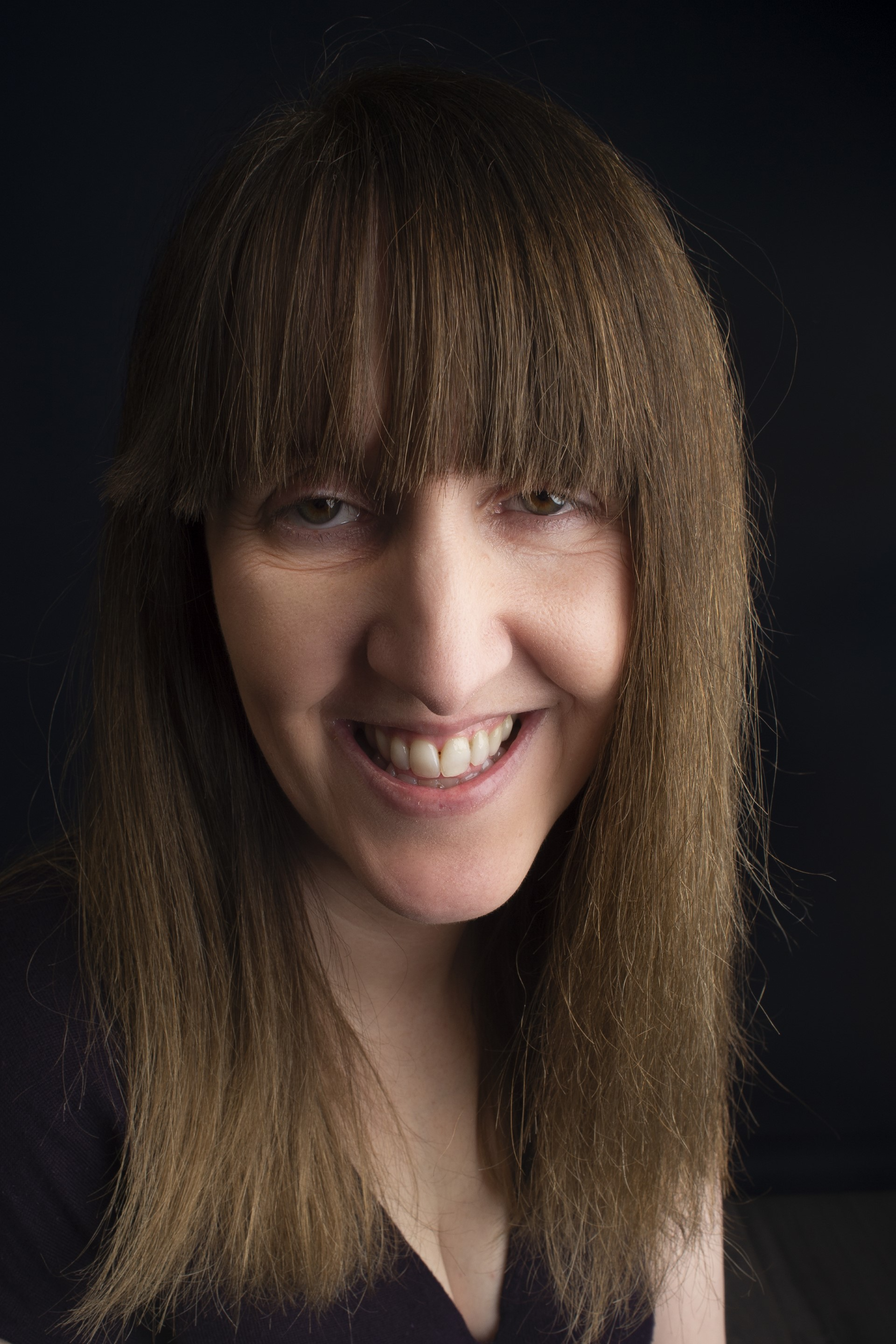
Beyond the wall lamps in your living room, adding table and floor lamps to the space allows you to create your own unique style and look, along with making the room a comfortable and inviting place to be. Lighting often gets overlooked when you’re styling rooms in your home, but choosing from the plethora of living room lighting ideas available should be an essential part of designing a space.
There are so many exciting living room lighting trends about at the moment, but beyond that, the right lighting really does have the potential to determine the atmosphere of a room.
Do living room lamps need to match?

Living room lighting doesn’t need to just be practical, it can be fun and playful, as well as the focal point of a room. But before you start thinking about what styles you want to incorporate; you need to know what job your lighting is there to do. Tara Brien and Julie Croll from Roo’s House explain the three distinct types of lighting to look at.
'Task lighting is localized say for reading or working and needs to reduce glare, whilst being bright enough to prevent eye strain. Anglepoise and floor reading lights are ideal. Ambient lighting is all about creating an overall glow to a room for mood. This can be varied with floor and table lamps, also providing enough light to move around safely. They don't have to match, just be similar in style.'
'Accent lighting is for adding drama and drawing the eye to an element in the room, whether a large plant or painting and could take the form of picture lights, or angled table/floor lamp.'
So with these different tasks in mind, here's what designers have to say about whether you living room lighting needs to match.
1. Keep it cohesive but not exact

'While the freedom to mix and match is exciting, to avoid design clashes, consider keeping a link in some way, be it color, material, or style,' explains Pippa Jameson, interiors stylist, creative director at Pippa Jameson Interiors. 'Pairing a decadent vintage base with a bright shade alongside a simple wooden base with a Scandi-style lamp, for example, would jar on the eye. By being mindful of these contrasts, you can add interest by mixing up the look and feel of your lighting.'
It's a philosophy that Artem Kropovinsky, founder of Arsight shares, 'A balanced approach is the key. Though the lamps don’t have to be of the same type, they must blend with each other in order to keep a visual harmony.'
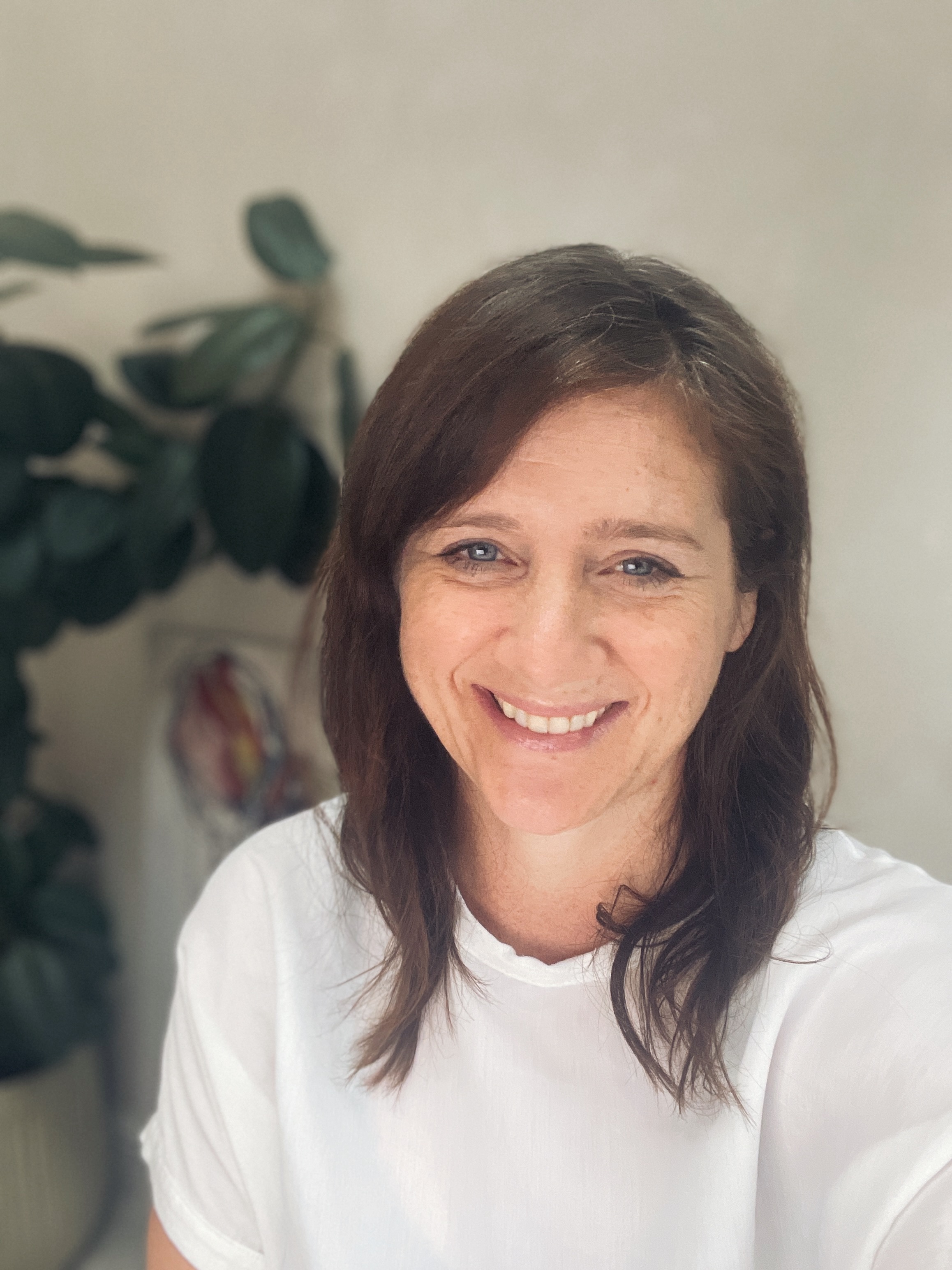
Pippa Jameson is an Interior Stylist and Creative Director with 25 years of industry experience. Former editor of leading UK magazine titles, she's the Founder of Pippa Jameson Interiors Ltd, specialising in styling, creative direction, and shoot production. She is also the author of 'The Sensory Home®,' which addresses a more mindful approach to decorating.
2. Think about the aesthetic you’re trying to achieve
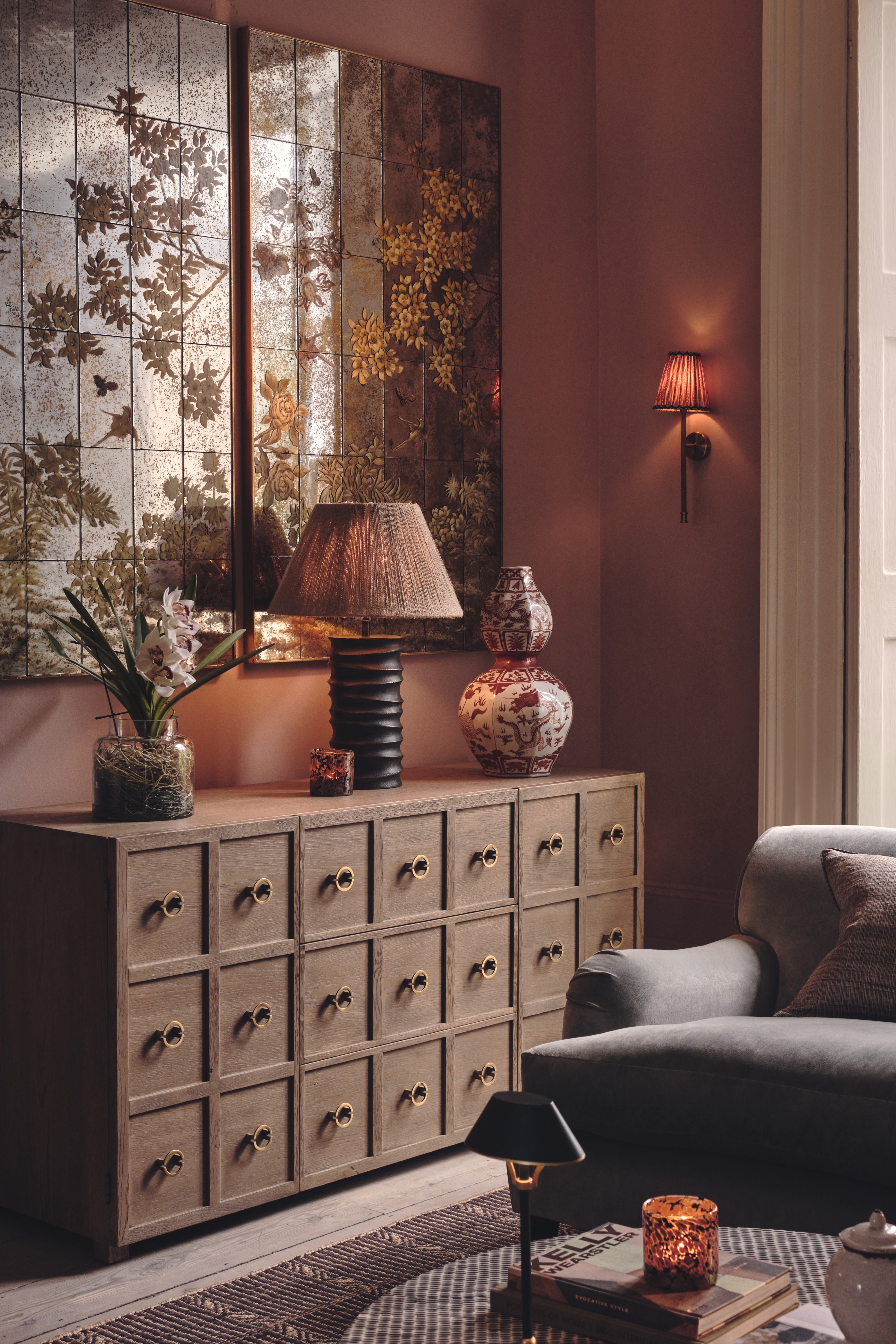
What feel and aesthetic are you trying to create in your living room? The answer to this question should influence your lighting choices, as Sue Jones, creative director and co-founder at OKA explains, 'There’s no right or wrong answer when it comes to layering lighting in your living room, and it really depends on the aesthetic you’re hoping to achieve.'
'For example, matching lamps in your living room invites a more formal feel to your space – pairing two lamps on either side of your sofa or on a sideboard makes for a really polished look. There’s also a lot to be said for the charm that mismatching lamps can bring to a room, and if you’re more of a maximalist like me, a variety of lamps and shades is a great way to bring in more color and pattern. You can also play around with matching lamp bases and mismatched shades or vice versa.'
The right lighting can also be a simple way to elevate your room and make it look more expensive. As Scott Richtler, founder and creative director at Gabriel Scott suggests, 'In luxury contemporary home settings, living room lamps don't necessarily need to match. While matching lamps can create a cohesive look, it's more crucial to select lamps that complement the room's overall aesthetic. Focus on luxury materials such as precious stone, warm metals, and mouth-blown glass to enhance sophistication. By carefully choosing complementary lamps, you can elevate the room's design and create a refined, inviting space.'
3. Use a mixture of different height lamps
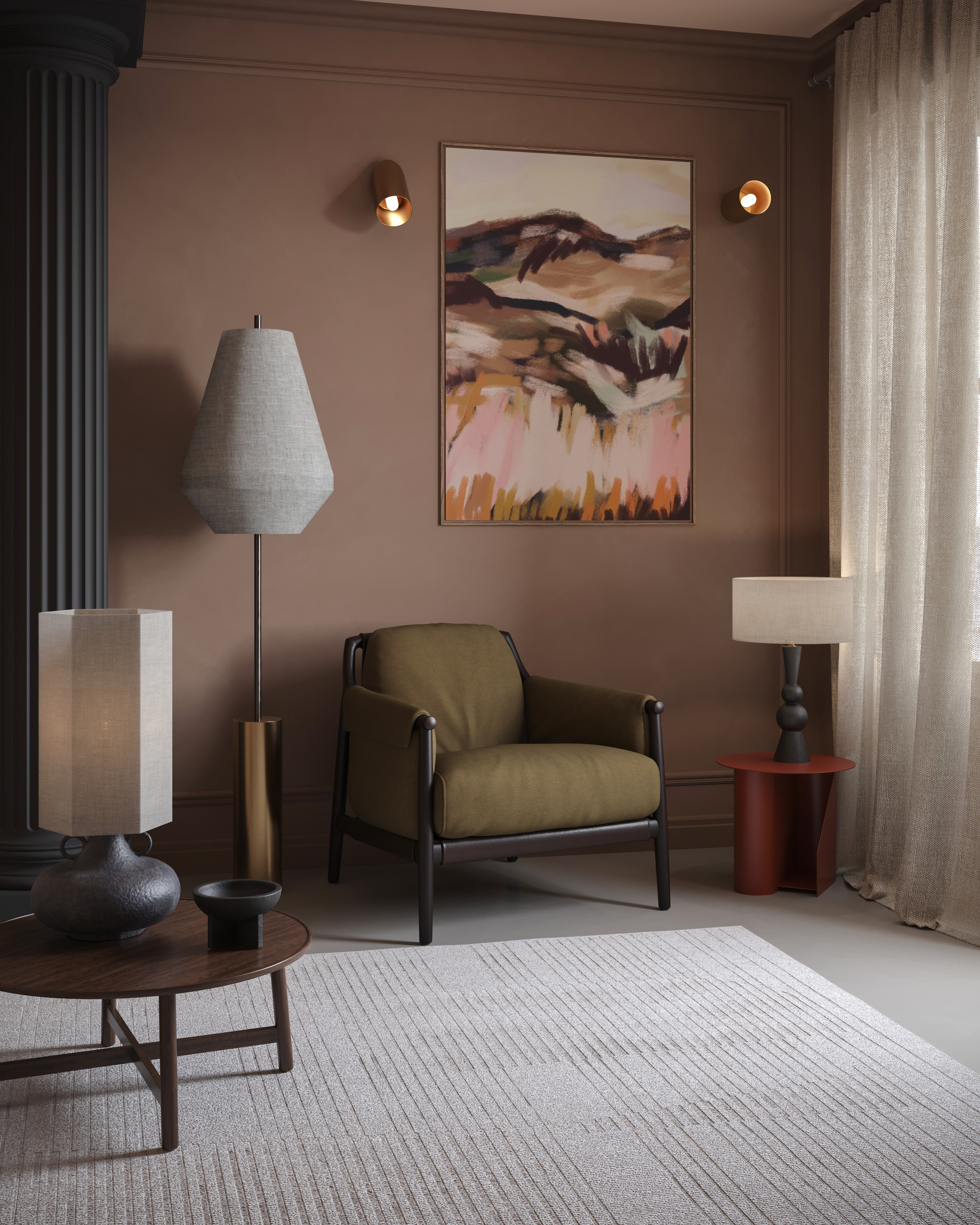
One of the simplest tips for creating an effective lighting scheme is to mix up the heights of your lamps. The differing heights can be used to light specific sections of a room, along with helping to create the specific ‘feel’ you want for the space. As Artem Kropovinsky says, 'The combination of different lamp styles is the way to go if you want a more eclectic and individualized design that will reflect the personality of the owner.'
Niki Wright and Scarlet Hampton, co-founders of lighting design studio lights&lamps share their thoughts on why different lights work so well. 'If you have enough space, a pairing of a large and small lamp side by side isn’t something you see people doing that often, but it is a simple and very effective trick to adding a dramatic layering of lighting to any space.'
'And don’t forget floor lamps – floor lamps can help fill a dead space. A statement lamp offers interest by day and will illuminate and expand the corners of your room by night. Drawing the eye to the furthest boundaries of your room makes your interior feel larger and maximizes the space you have available.'
Amy Youngblood, founder of Amy Youngblood Interiors suggests this trick, 'I love mixing up lamps between table and floor lamps depending on the layout and lighting needs. The mixed lamps should be complementary looking and pull the other colors or neutrals from the room.'

Amy Youngblood began her career in interior design over 20 years ago. She has worked for several interior design firms, both residential and commercial. With a strong background as an accomplished artist, Amy fused her creative abilities along with her business and design experience to launch Amy Youngblood Interiors in 2009. Both Amy’s artwork and design commissions have been featured over the years in the local and national media. Amy’s appreciation of all styles has made her known for her clean lined, yet comfortable, sophisticated look.
4. Use colours and patterns to mix and match your design style
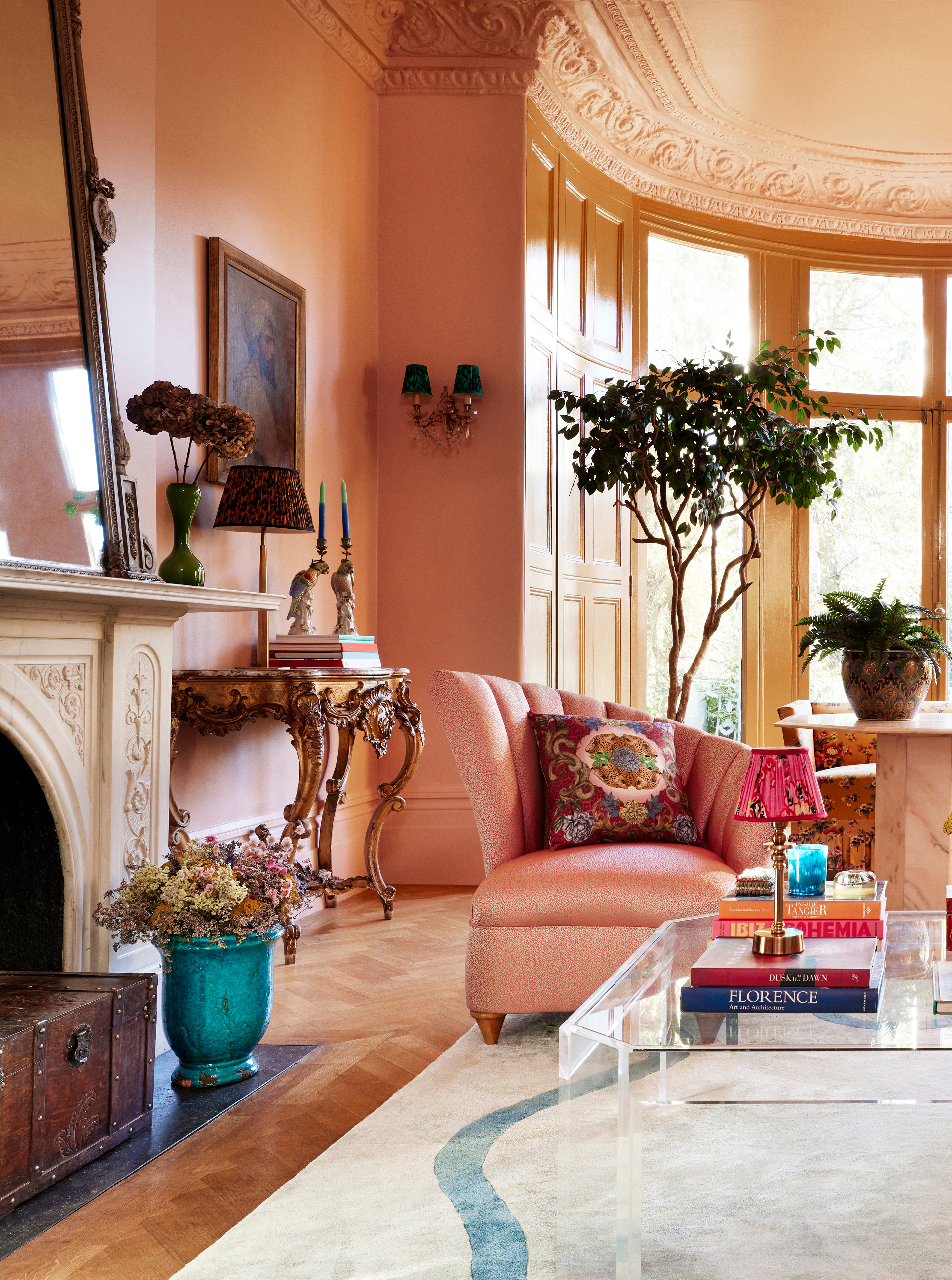
We often focus on accessories to make a living room look more beautiful, but lamps can play a huge part as well. As designer Kathy Kuo, CEO of Kathy Kuo Home reminds us, 'Think of your lamps the same way you would any piece of decor—just like not all of your decorative objects, vases, and wall art needs to match, nor do your living room lamps.'
'Pairing living room lamps that are similar but not quite identical is a playful styling trick to add an eclectic vibe,' says Ksenya Malina of New York interior design studio Time & Place Interiors. 'One way to mix is to use the same style of lamp but select each in a different color. Alternatively, keep the color of each lamp consistent while mixing up the shapes.'
Pippa Jameson has a similar approach, 'Using a neutral color for one lamp (such as task lighting, overhead or floor lamp) and a single accent color that complements your scheme for another would work well. Whether you choose the accent color from the cushions, rug, or wall color, this approach will keep the look cohesive. When blending patterns with solid color, opt for one style for side lamps and another for floor lamps or vice versa. Choose colors that harmonize with the room's overall palette.'
5. Embrace maximalism

'Maximalism is about embracing variety and mixing different designs,' explains Pippa Jameson. 'You can create an eclectic boho vibe with your lamps by keeping a consistent theme. For instance, you could use the same base with varied shades featuring eclectic patterns that complement your room's overall vibe. Or you could keep the same shade but use different bases in the same materials, varying in size or style.'
Interior designer Matthew Williamson embraces breaking the rules, 'I always say there are no rules when it comes to design as it is subjective. Personally, I love combining different lamps in a living room to add character and warmth and my lounge is filled with interesting lights. I use them to create little pockets of warmth to give a sense of intrigue to every corner. The combination of pattern, color and lighting can bring sheer joy to any space.'
And Martin Waller, founder of Andrew Martin, agrees, 'In a living room, it’s important to create a conversation with your lighting using different heights, styles and colors. Why limit yourself to a single type when you can be surrounded with warmth? Good lighting is imperative to creating an ambiance, a cove of coziness and intimacy, and this is only enhanced by interesting lamps with different characters and stories.'

Matthew Williamson is an award-winning British interior designer, known predominantly for his unique and unrivaled use of pattern and color. Having begun his illustrious career in fashion under his namesake brand over 20 years ago, Matthew has drawn on his decades of experience and pivoted seamlessly into the world of interior design. He now develops several homeware collections to sit his growing residential and commercial interior design portfolio. His latest achievements are the launch of his first interiors book, Living Bright, a personal guide to embracing color, and the Design Kitchen, a newly designed space for the Design Museum in Kensington, London.
6. Know when it’s best to match

There are times when matching lamps will work best in a living room. 'If your style is a little more formal or traditional, by all means go with matching living room lamps for your side tables or console tables,' says Kathy Kuo.
Lamps placed on the same unit should also ideally match, according to Tara Brien and Julie Croll, 'When lamps are placed in close proximity on a console or chest of drawers, they should match as it is too jarring to the eye and the light emitted from the lamps needs to be balanced.' Amy Youngblood has a similar suggestion, 'Living room lamps look best matched if they are flanking a symmetrical piece of furniture such as a sofa or a buffet.'
Living room lamps require care and consideration but as you’ll see from this guide, there are a multitude of different ways to approach using them – both matching and mismatched. As Pippa Jameson sums up, 'Matching lamps can provide a sense of uniformity and practicality, especially in areas where task lighting is crucial, such as reading nooks or workspaces. However, in areas where ambiance takes precedence, mixing different lamp styles can add flair and personality to the room without compromising functionality.'
Sign up to the Homes & Gardens newsletter
Design expertise in your inbox – from inspiring decorating ideas and beautiful celebrity homes to practical gardening advice and shopping round-ups.

Jo Plumridge is a freelance writer and photographer with over 20 years of experience writing for a variety of magazines, websites and books. She writes, perhaps unsurprisingly, about photography, but also on all things interior design and sleep-related, alongside reviews of home and tech products. Jo loves exploring the latest design trends, although she’s yet to find a carpet that doesn’t show up the cat hair from the cats she and her husband foster.
-
 Ina Garten's storage pantry is an insightful window into all of the best cookware used by the chef – and it's easy to recreate on your kitchen shelves from $48
Ina Garten's storage pantry is an insightful window into all of the best cookware used by the chef – and it's easy to recreate on your kitchen shelves from $48The beautiful dishware in The Barefoot Contessa's Hamptons pantry showcases the tools she uses most often to cook – this is exactly how you replicate it
By Sophie Edwards Published
-
 Extend the lifespan of your appliance with 5 simple but crucial washing machine maintenance tips
Extend the lifespan of your appliance with 5 simple but crucial washing machine maintenance tipsFrom cleaning the filters to keeping the door open, experts reveal the washer tips they swear by
By Andy van Terheyden Published